The Evolution of the Headband
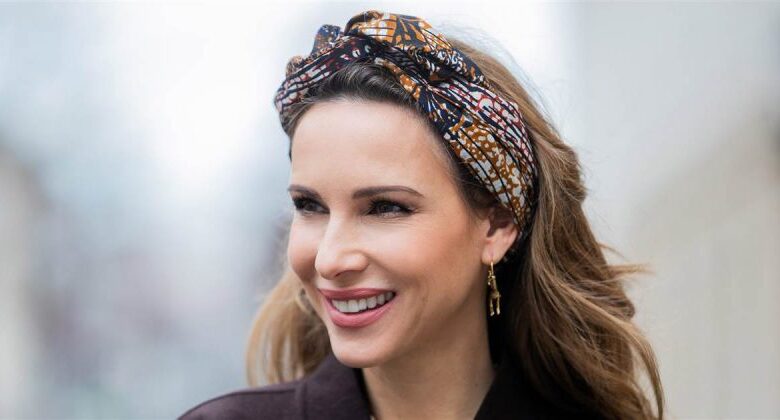
Headbands have been around for well over two thousand years now. They have understandably taken different shapes, materials, and sizes over the period, and are surprisingly still going strong despite a series of tweaks and ups and downs.
The Romans and Greeks are thought to be the earliest headband buffs. The political class and the wealthy donned laurels and wreaths decorated with gold, silver, and other precious metals, as proof of affluence. Mesopotamian headbands (fillets) held hair in place, but just like in ancient Greece, the bands were worn only by the affluent in the society.
That has changed over the years. Modern headbands are worn as a fashion accessory and to keep the hair back and prevent it from flowing over to the face. The emergence of the internet and ecommerce has made them readily available on sites like this one, and there is not a single place on earth where headbands are not worn.
Headbands in the 20th century
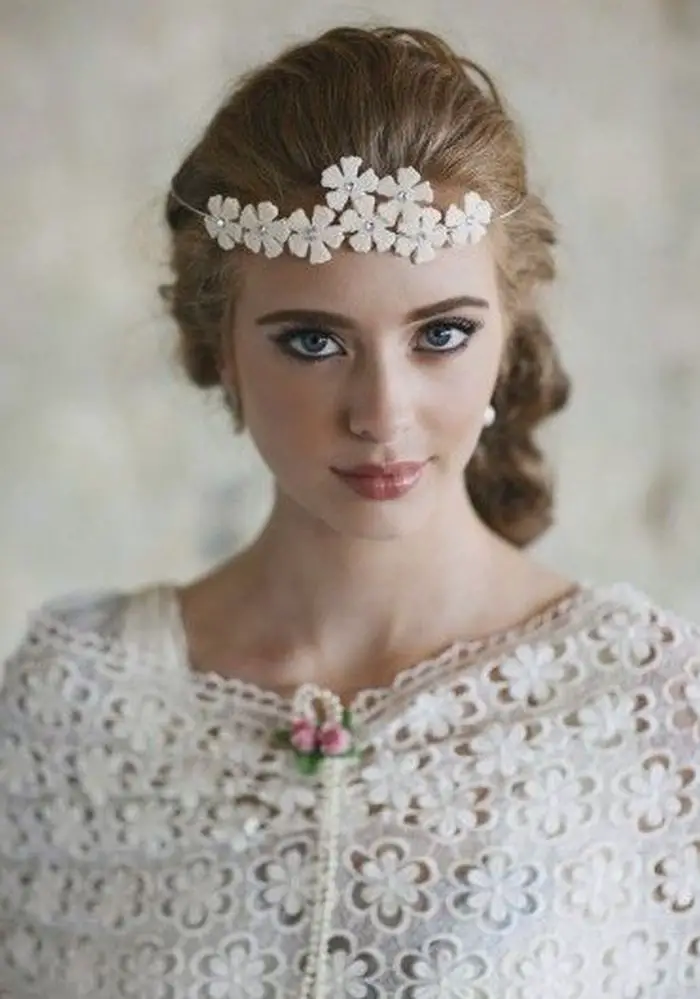
Plebs have always found a way to turn high-class items into commonplace possessions. Headbands were never going to circumvent this inevitable series of events.
In the 20th century, headbands were taken over by women who were determined to erase the prized accessory’s discriminatory past. Men no longer donned bands as much, and thanks to film stars Louise Brooks and Clara Bow approving of the new vogue, the 1920s became the decade of the headband. Women and girls sported flapper feather headbands and found a way to incorporate them into virtually all aspects of their lives.
Just like the First World War, the Second World War barely had women giving up their newly discovered craze. Perhaps what changed was how the accessory was worn and used. It momentarily lost its fashion touch – plausibly at a time when that didn’t matter much – and took a more practical role.
Marketed as water-repellant, washable, and dustproof, a polka-dot bandana, first worn in the famous “We Can Do It” poster of Rosie the Riveter, debuted the use of headbands as official uniform for Women Ordinance Workers.
Headbands after the Second World War
Not many things returned to their former state post-war, but headbands managed to go back in time and pick up from where they left off. But then again, hairstyles had evolved. Every woman was rocking the beehive, so headbands had to find a way to fit in.
They found their place on top of the beehive, where they served purely as an aesthetic addition. Celebrities such as Brigitte Bardot, Audrey Hepburn, and Sharon Tate fanned the flames of the trend in an era where celeb-orchestrated fashion was beginning to gain ground.
Brigitte Bardot was a headband aficionado who never shied away from sporting the accessory habitually. Her most notable headband-wearing look, however, was in the 1963 French-Italian Le Mépris, in which she starred. Audrey Hepburn’s headbands were accompanied by bows, while Sharon Tate, too, had her famous public moments wearing headbands.
Headbands and the Hippie Fashion
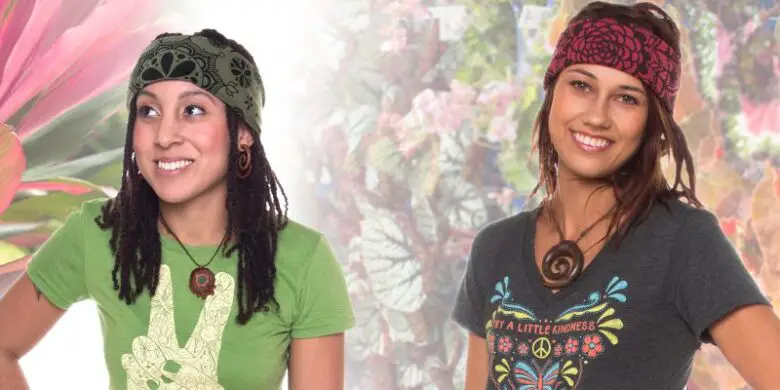
Headbands in the late ’60s were almost part and parcel of the hippie fashion for both women and men. If you bumped into a photo of young people from that era, you would most likely spot someone with their headband on. The accessory was much of a must-have in rock concerts, which young men and women and transformed into hippie-fashion-flaunting events.
While modern headbands are designed to curve above the forehead, an inch or two behind the hairline, their counterparts from the 70s ran across the face. Most were simple, single-color scarfs with ends that were tied together on one side of the head.
Some were made of flexible material that would seamlessly slip around the head. Wearers would wear them around the forehead or slide them down the head the same way you would a hat. It was also not uncommon for adherers of the macramé fad of the 70s to sports headbands made out of string or yarn.
Similarly, some headbands had thin leather strips and were worn by people who were in awe of the Native American look, fashionable in the 70s too.
Headbands in Sports
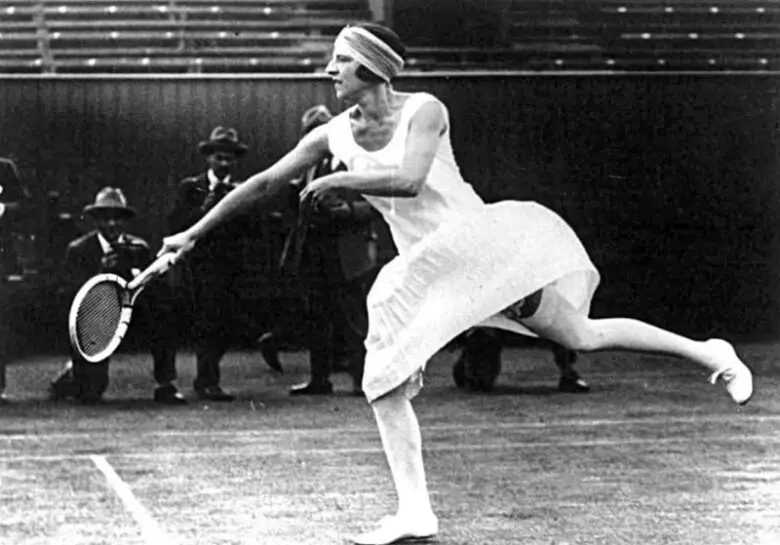
Tennis player Suzanne Lenglen is regarded by many as the true pioneer of headband-wearing in the sports realm. For some reason, her on-court craze seemed to die out with her career, at least until the 70s when it staged a comeback, thanks to one Bjorn Borg.
Workout enthusiasts adopted the style and took it off-court in the 80s when fitness videos were high on the rise.
The 90s Headbands
Headbands were on a steady rise in popularity between the ’60s and the early 2000s. In the 90s, they were a fashion staple. Typical headbands towards the end of the century included:
- The bandana headband
- The flower crown headband
- The hair comb headband
- The thin headband
- The thick headband
- The sweatband
- The printed headband
- The sequined headbands
- The wire bow headband
- The embellished headband
In a word, the Alice headband had returned to the scene, with Hillary Clinton being one of the more notable figures always stepping out in one.
The Modern Headband
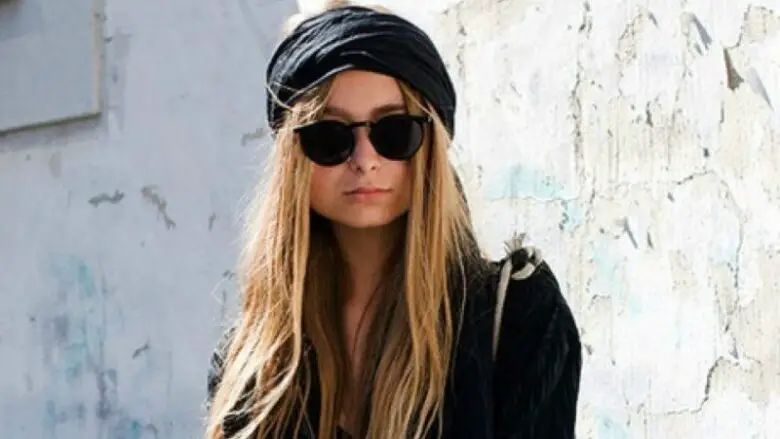
Most of today’s headbands are reincarnations of past trends sprinkled with a few touchups. With the celebrity culture at its zenith, there are hundreds of ways you can wear your headband without looking a total misfit.
Contemporary headbands come in all sorts of designs and can be worn everywhere. Most parents, for instance, prefer having their children’s headbands and hair bows coming in a single package called the bow headband. This serves the purpose of holding hair back (headband) and enhancing beauty (bow) without investing in two separate accessories.
Other modern headband options include:
- Woven headbands
- Lace headbands
- Grosgrain headbands
- Plastic headbands
- Embellished headbands
- The Alice headband
- Bowknot headband
- Velvet headbands
There are many more types of headbands that you may not know exist until you visit a dedicated headband store and take a look around.
There is also nothing wrong with obtaining a bunch of headbands for your daughter or yourself and trying them out until you find the best option for a specific occasion. Headbands are incredibly cheap and can be purchased online at ecommerce stores.
